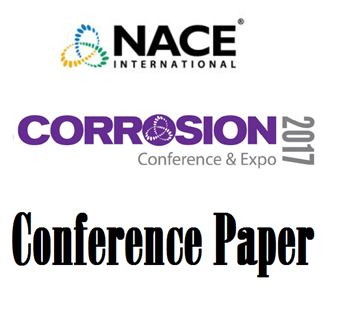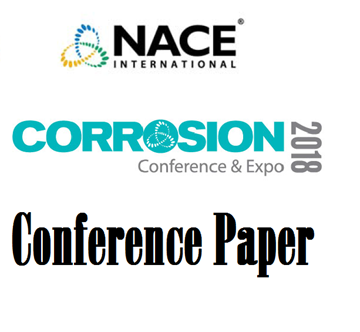Search
Sour Corrosion Products Formed in High H2S Gas Wells
Also Purchased
Electrochemical Model of Sour Corrosion of Mild Steel - Validation at High H2S Partial Pressures
Product Number:
51317--9098-SG
ISBN:
9098 2017 CP
Publication Date:
2017
$20.00
51318-10990-Localized Corrosion of Mild Steel under Iron Sulfide Layers in CO2/H2S Environment
Product Number:
51318-10990-SG
Publication Date:
2018
$20.00
Fe3O4, FeCO3 or FeS - Which Corrosion Product Will Prevail at High Temperature in CO2/H2S Environments?
Product Number:
51320-14413-SG
Publication Date:
2020
$20.00
Recently viewed




